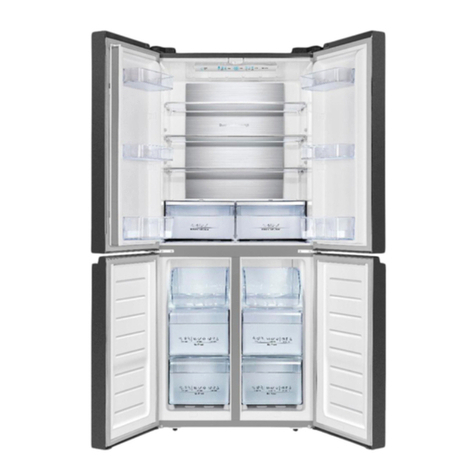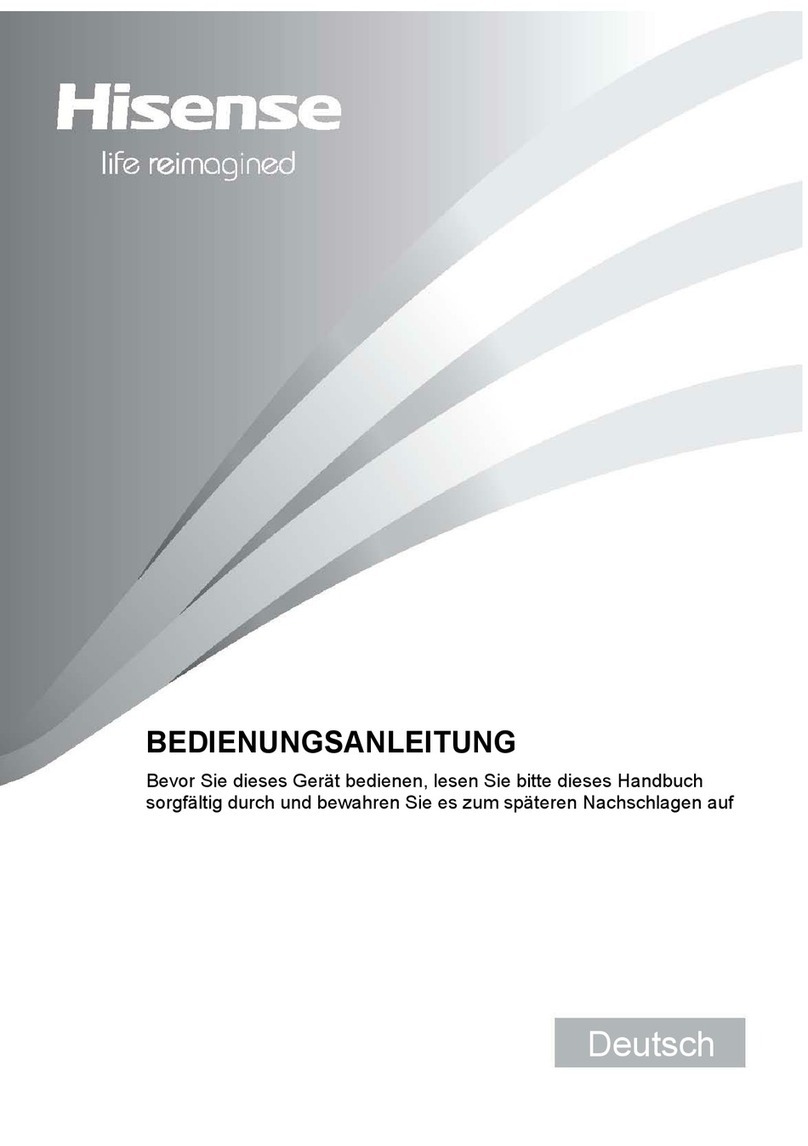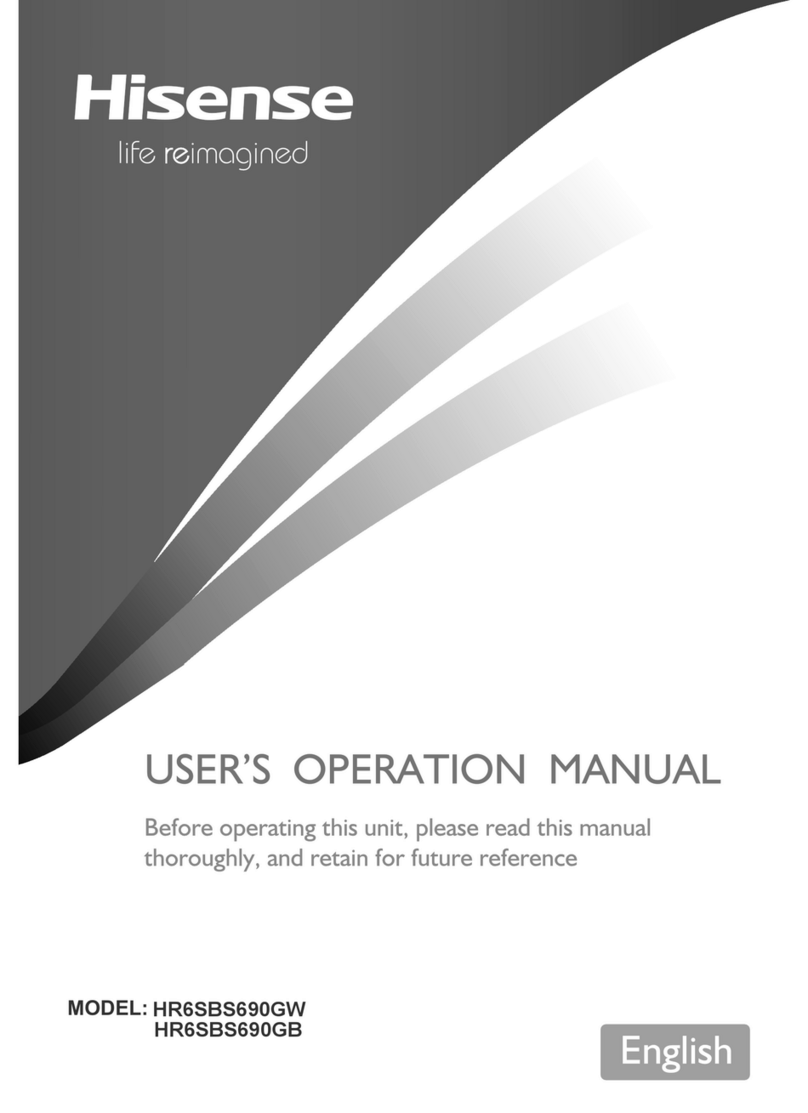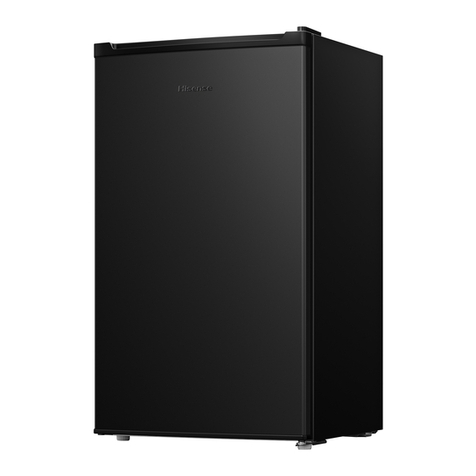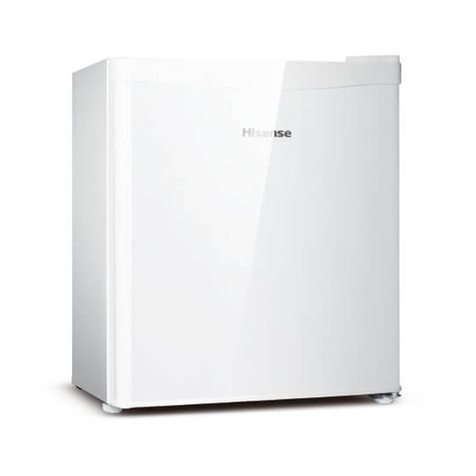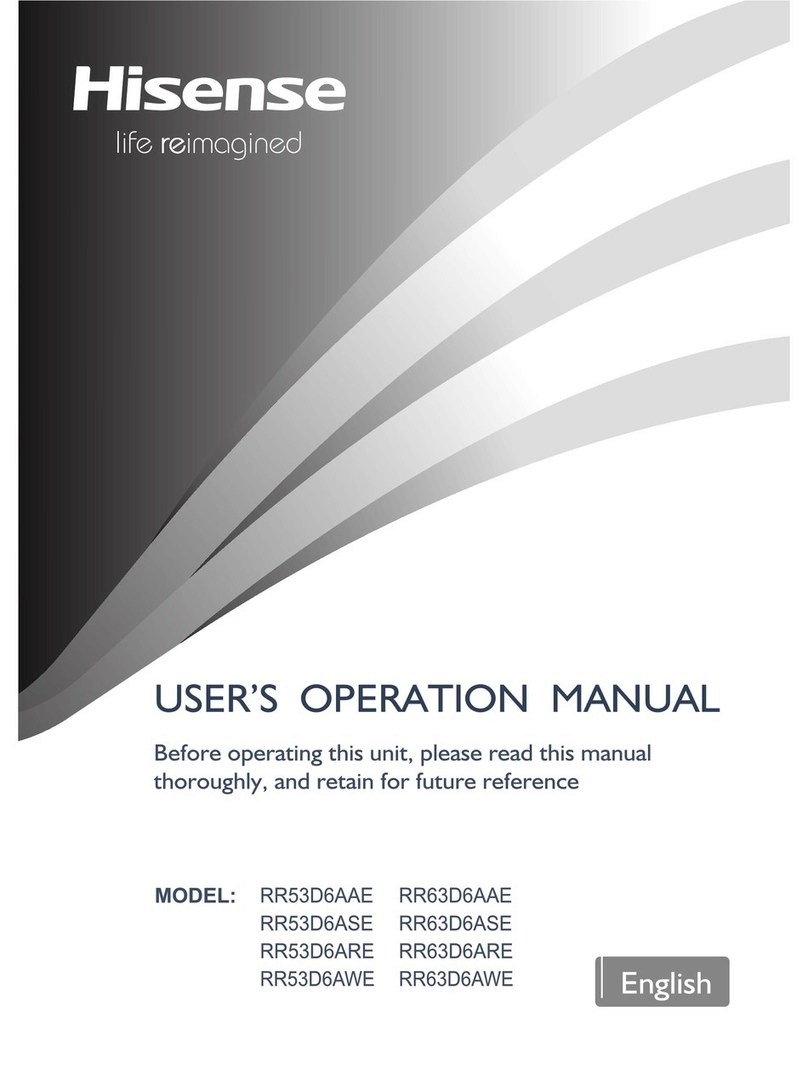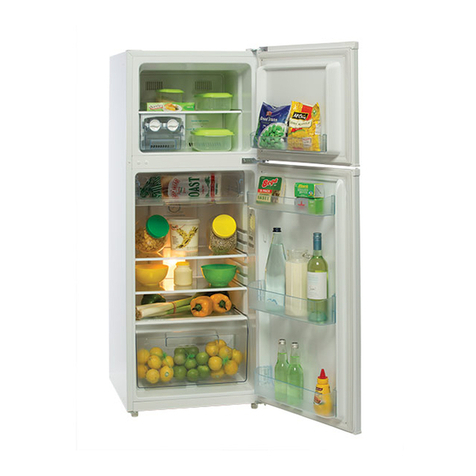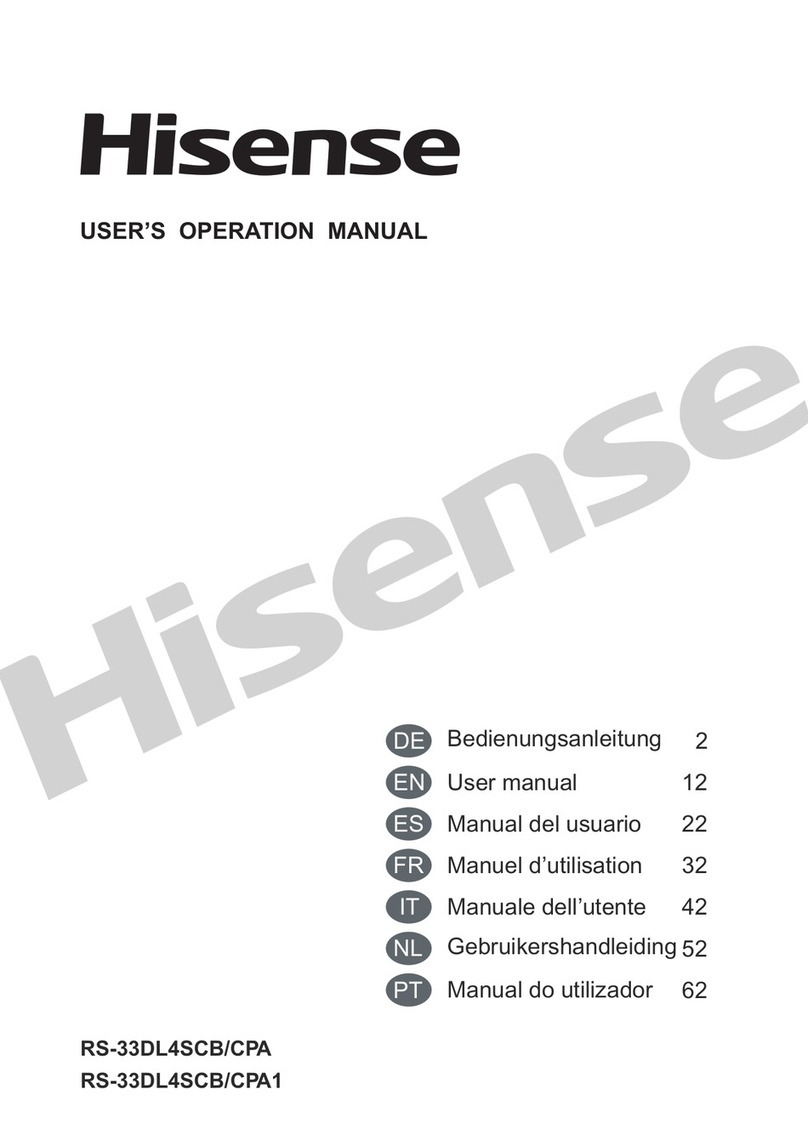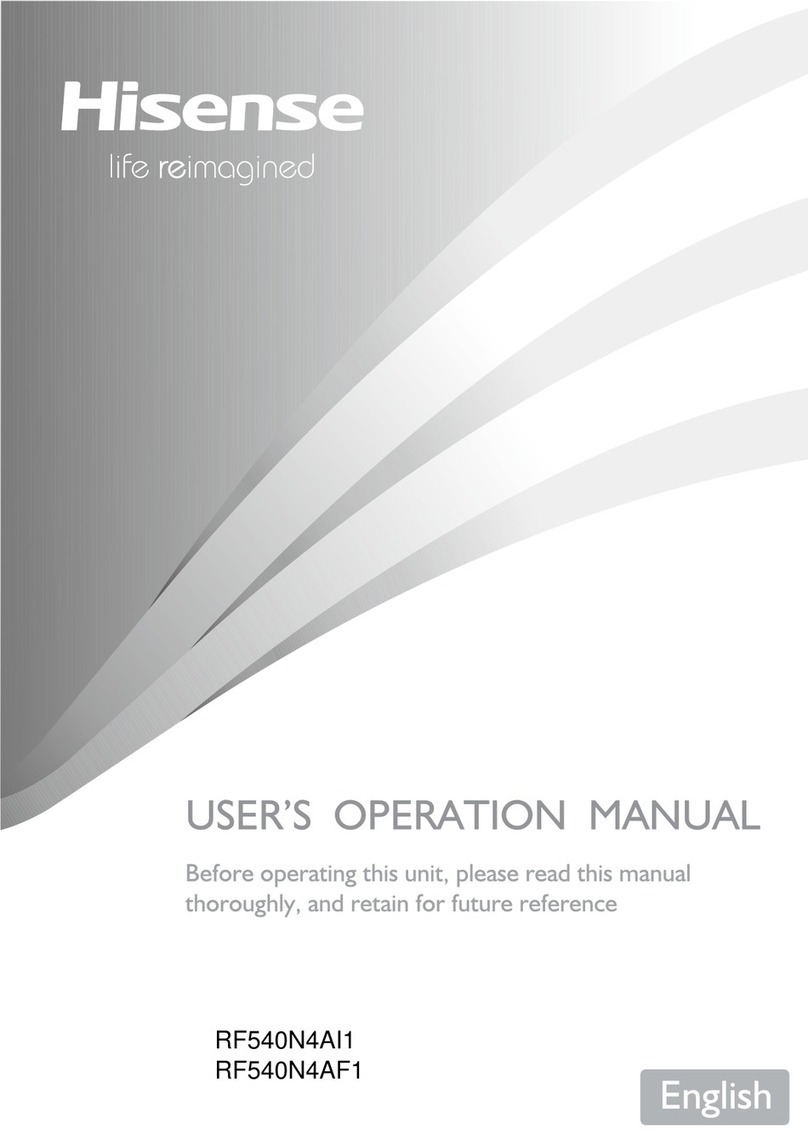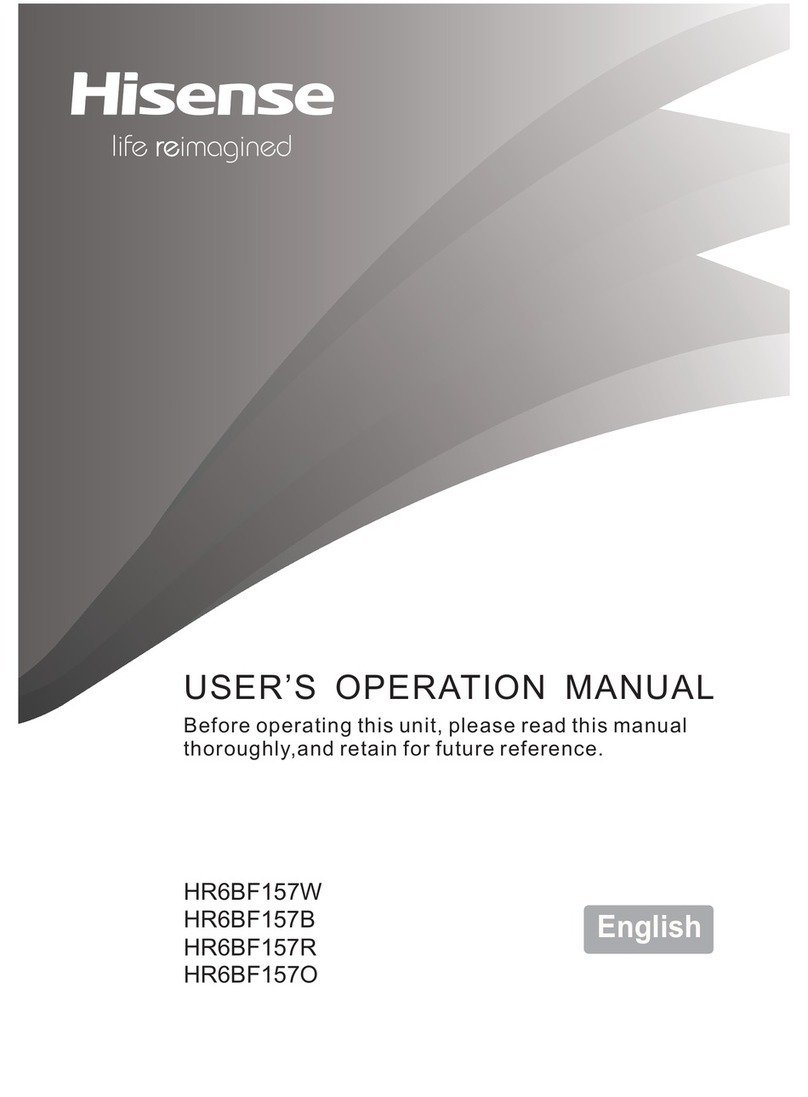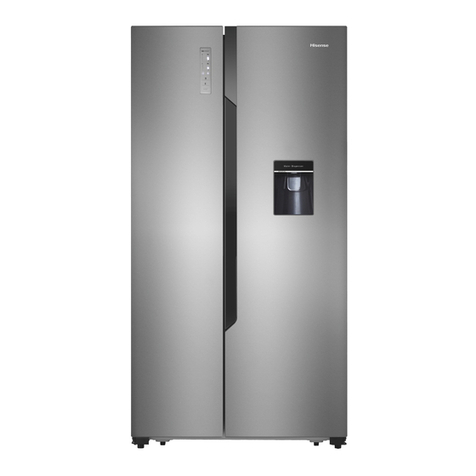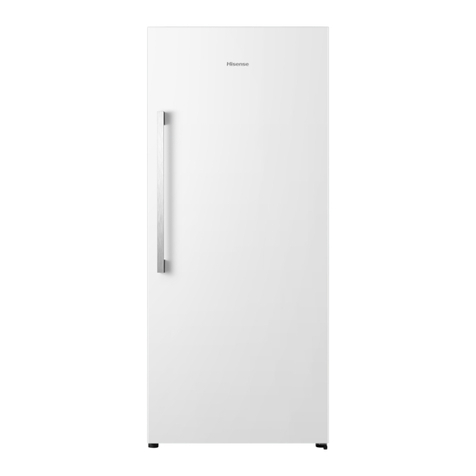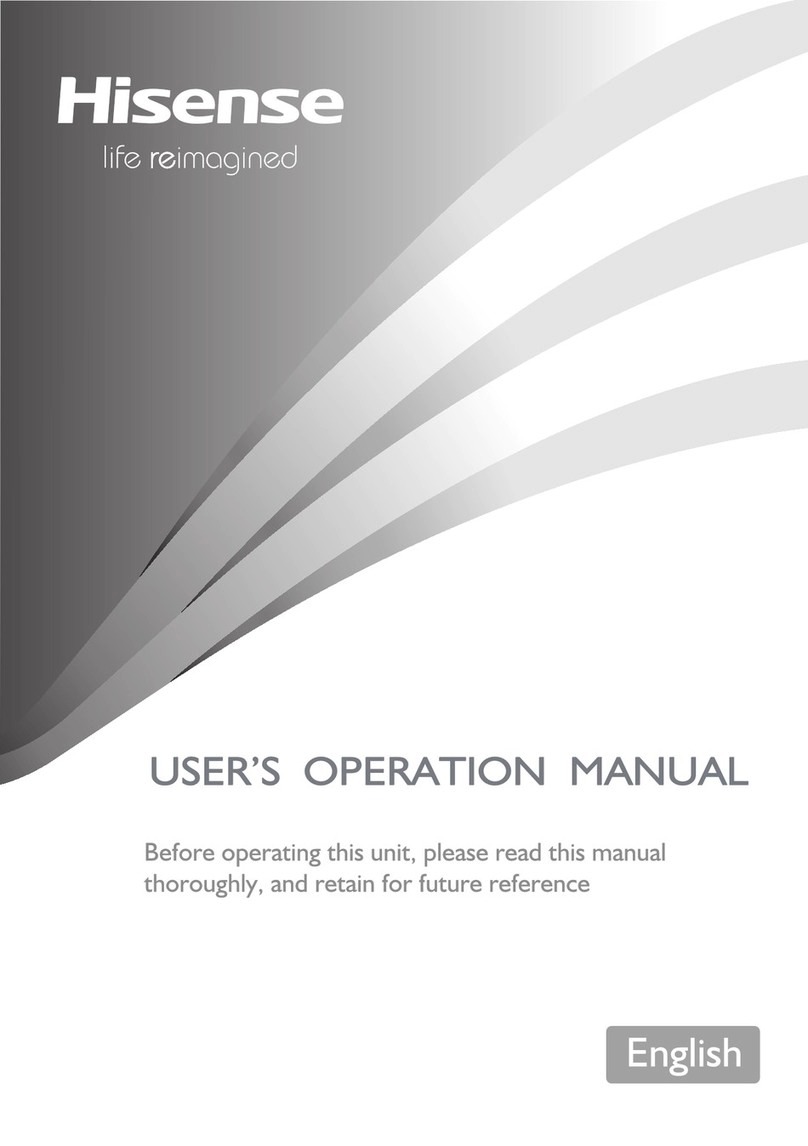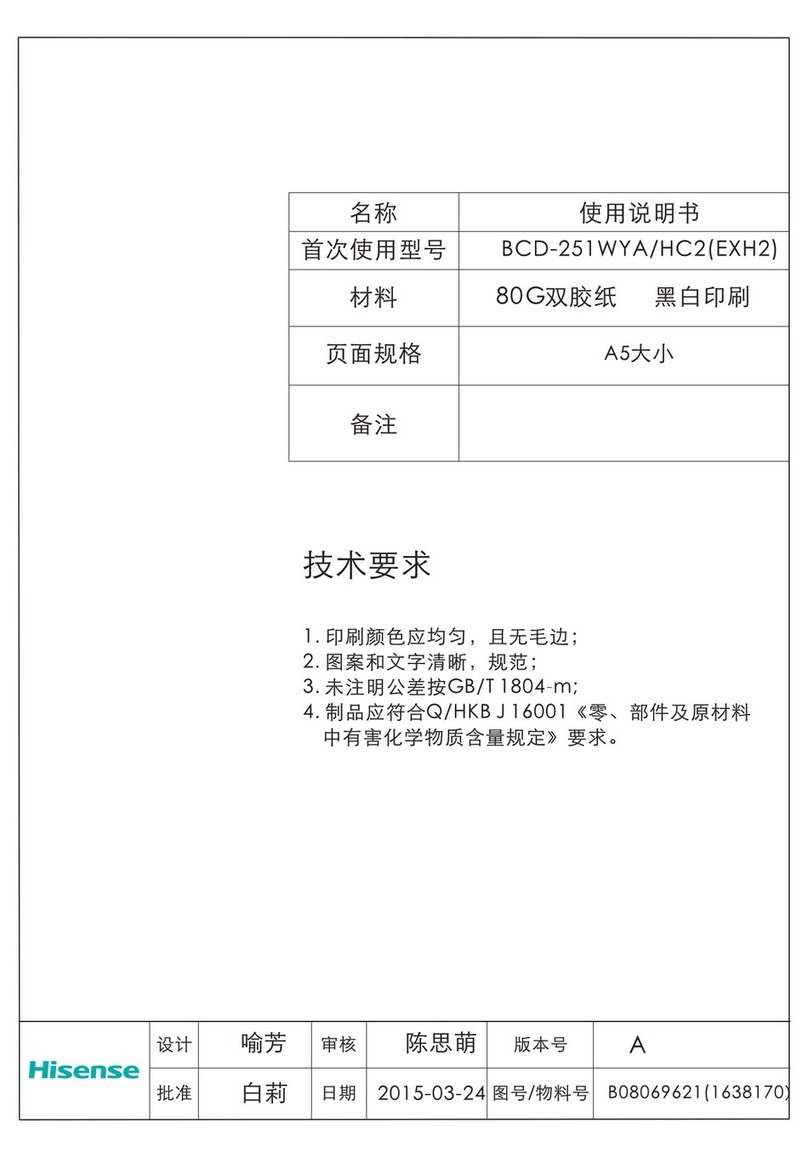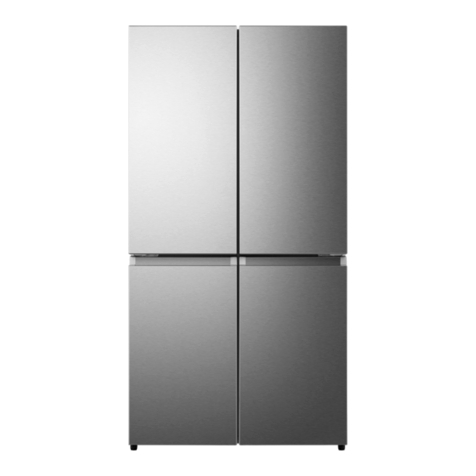Safety for Children and OthersWho are VulnerableThis appliance is not intended foruse by persons (including children)with reduced physical, sensory or mental capabilities, or lack of experience and knowledge, unless they have been given supervision or instruction concerning the use of the appliance by a person responsible for their safety. Children should besupervised to ensure that they donot play with the appliance.Keep all packaging away fromchildren to avoid risk of suffocation.If you are discarding your oldappliance, pull the plug out of thesocket, cut the connection cable(as close to the appliance as youcan).Cut off the main plug anddiscard. Break off any old locks orlatches as a safeguard and removethe door to prevent children playing from suffering an electric shock or from closing themselves inside it.This appliance is intended to be used in household and similar applications such as:- staff kitchen areas in shops, offices and other working environments;- farm houses and by clients in hotels, motels and other residential type environments;- bed and breakfast environments;- catering and similar non-retail applications.Do not store flammable gases orliquids inside the appliance. Thereis a risk of an explosion.Do not operate any electricalappliances within the appliance(e.g. electric ice cream makers,mixers, etc.).When unplugging, always pull theProper Disposal of yourRefrigeratorRisk of Child EntrapmentChild entrapment and suffocation arenot only problems of the past. Junkedor abandoned refrigerators are stilldangerous - even if they are sitting“for just a few days”.If you are getting ridof your old refrigerator, please followthe instructions below to help preventaccidents.Before you throw away yourold refrigerator:Remove doors.Leave shelves in place so childrenmay not easily climb inside.Have refrigerant removed by aqualified service technician.2General safety and Daily useplug from the main outlet. Do not
pull on the cord.Do not place hot items near the
plastic components of this appliance.
Do not place food products directly
against the air outlet on the rear wall.
Frozen food must not be refrozen
once it has been thawed out.Store pre-packaged frozen food in
accordance with the frozen food
manufacturer’s instructions.The appliance’s manufacturer
storage recommendations shouldbe strictly adhered to. Refer to the
relevant instructions for storage.Do not place carbonated or fizzy
drinks in the freezer compartment
as it creates pressure on the container, which may cause it to explode, resulting in damage to the appliance.
Ice lollies (popsicles) can causefrost burns if consumed straight
from the freezer compartment.Do not place food directly against
the air outlet inside the refrigerator.
Do not place the appliance in direct
sunlight.ŽŶŽƚƐƚŽƌĞĞdžƉůŽƐŝǀĞƐƵďƐƚĂŶĐĞƐ
ƐƵĐŚĂƐĂĞƌŽƐŽůĐĂŶƐǁŝƚŚĂĨůĂŵŵĂďůĞ
ƉƌŽƉĞůůĂŶƚŝŶƚŚŝƐĂƉƉůŝĂŶĐĞ
